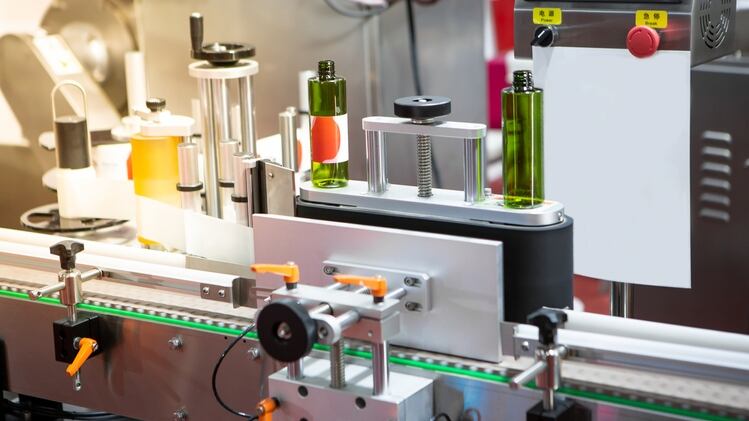According to the Zero Waste Beauty Report for 2022-2023 by The Upcycled Beauty Company, the world will have to meet net-zero greenhouse gas emissions by 2050 to limit global warming to 1.5 degrees Celsius. That means the world will have to emit no more greenhouse gas than the environment can reabsorb.
Intro
The Upcycled Beauty Company recently released its Zero Waste Beauty Report for 2022-2023. This week we’ll dive into the report's three sections and how its findings are reflected in today’s cosmetics industry.
To accomplish this goal, the report outlines three ways beauty manufacturing is trying to reduce emissions in manufacturing.
Carbon offsets
The report said many companies are turning to carbon offset schemes that plant or protect carbon-absorbing plants to theoretically reabsorb greenhouse gases they emit to make carbon-neutrality or net zero claims.
To effectively address carbon emissions, the report said brands have to consider every step in the supply chain. Several indie brands are already using offsets for their products, and some are offsetting other sources of emissions like staff commutes.
Organizations like the nonprofit Climate Neutral or B Corp are able to work with brands to measure and certify sustainability activities like carbon neutrality.
However, according to the Natural Resource Defense Council, while forest carbon offsets are a well-meaning concept and when done conscientiously can curb emissions, engage companies in sustainability and increase forest conservation, they are not necessarily effective in practice and may actually cause harm.
“At worst, they don’t actually prevent carbon emissions of any type and serve instead as greenwashing schemes that promote business-as-usual pollution, seize Indigenous lands, and hinder the development of a true low-carbon economy,” the NRDC said in a report.
Greener manufacturing
According to the report, two-thirds of greenhouse gas emissions can be attributed to factories. To address that issue, companies are looking to create greener manufacturing practices,
The report defines green manufacturing as “the creation of manufactured products that use processes that are non-polluting, conserve energy and natural resources, are economically sound, and safe for employees, communities and consumers.”
To achieve greener manufacturing, the report said the industry has to consider the following factors:
Inputs The Upcycling Company said a major factor in improving manufacturing sustainability is analyzing where unsustainable or sustainable materials already exist in their supply chains. For example, non-renewable and finite materials, like rare earth metals, have serious environmental impacts during production and delivery.
These materials may have renewable alternatives or potential routes of acquisition through waste streams.
The report also noted that when restricted substances like heavy metals and harmful chemicals make it into production processes, it can promote the proliferation of these materials into waterways and the environment.
By increasing the amount of recycled or reused materials in the manufacturing process, the report said the industry can reduce the amount of non-renewable or damaging materials in the supply chains and reduce the amount of waste sent to landfills.
Operations During the production process, the report said there are three key elements the cosmetics manufacturing industry can address to improve environmental impact: energy, water and waste output.
The use of fossil fuel and industry is responsible for 89% of global carbon dioxide emissions, according to Client Earth, which means switching to renewable energy sources can significantly decrease the environmental impact of manufacturing, the report said.
Beyond emissions, the report also said the manufacturing sector should also consider how they are using limited resources like water.
“Water is a finite resource, and this is especially true for certain parts of the world that have less access to treated water,” the report read. “For factories, if the local water supply is insecure, the amount used for manufacturing could threaten the local population’s wellbeing.”
The report added that untreated water from manufacturing can harm ecosystems if it is returned to the environment. Turning to products like waterless beauty could limit beauty manufacturing’s use of water.
The Upcycling Company also encouraged manufacturers to consider their waste products and try to find secondary uses for them when possible.
On top of those three main factors, the report also posited the use of adding greenery to their manufacturing facilities to help convert carbon dioxide to oxygen.
Products The report said it’s still important for companies to consider what environmental impacts their products will have once they are in the hands of consumers.
“Considering how products will live on post-production helps towards reducing a company’s overall carbon footprint,” the report said. “The disposal of the product can be as important as the use of recycled or upcycled materials used in manufacturing.”




